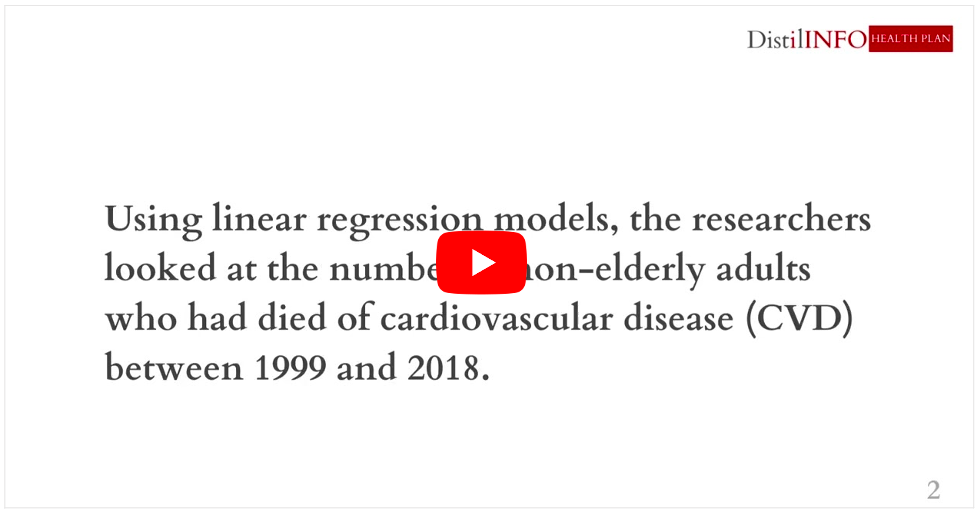
Social deprivation and social determinants of health can explain nearly 40 percent of the geographic disparities in cardiovascular mortality rates, according to new research published in Mayo Clinic Proceedings.
The researchers from University Hospitals (UH) Harrington Heart & Vascular Institute revealed that places with higher social deprivation and area deprivation indices see higher mortality rates from cardiovascular disease than more affluent areas.

Using linear regression models, the researchers looked at the number of non-elderly adults who had died of cardiovascular disease (CVD) between 1999 and 2018. They stratified those deaths by social deprivation index (SVI) and area deprivation index (ADI).
SVI and ADI are both key measures of social needs, with SVI representing the composite measure of seven social determinants of health in a given area, according to the American Academy of Family Physicians (AAFP). ADI ranks specific neighborhoods by socioeconomic disadvantage and was developed by HRSA.
The assessment showed that areas with higher SVI and ADI also had a higher occurrence of CVD mortality, likely because of the dearth of public and social goods that help individuals achieve and maintain health, the researchers said.
“Socioeconomic status plays a big role in access to preventive care, risk factor control, and incidence of disease,” Sadeer Al-Kindi, MD, cardiologist and co-director of the Center for Integrated and Novel Approaches in Vascular-Metabolic Disease (CINEMA) with UH Harrington Heart & Vascular Institute, said in a statement.
Additionally, the assessment showed that high SVI and ADI areas saw less improvement in CVD mortality rates.
Moreover, the researchers found that socioeconomic disadvantage was able to explain longstanding geographic disparities in CVD mortality rates. Previous research has found that some places have higher CVD mortality rates than others. While some of that is attributable to traditional health risk factors like cholesterol levels, this study showed socioeconomic status is also related.
Such findings make it easier for healthcare professionals to design social determinants of health interventions that help patients attain better health.
“UH is committed to improving the health of all people by advancing science and human health. A large part of that is discovering the root cause of disease,” Al-Kindi, also the study’s senior author, explained. “With this study, we wanted to determine whether premature cardiovascular mortality is associated with socioeconomic deprivation and how premature cardiovascular mortality changed over time by social deprivation.”
Obtaining a better understanding of the downstream factors driving health inequities is critical to helping healthcare organizations practice better patient engagement. While medical and lifestyle interventions for lowering cholesterol are also necessary, this data shows that social determinants of health strategies will also be critical in closing health disparities.
“Health and structural inequities in poor communities have been ignored for too long,” Sanjay Rajagopalan, MD, chief of Cardiovascular Medicine and chief academic and scientific officer at UH Harrington Heart & Vascular Institute. “We now know that where you live, inequities and other components embedded in the environment are powerful determinants of mortality, often from chronic non-communicable disease,” added Rajagopalan, who is also the Herman K. Hellerstein, MD, Chair in cardiovascular research. “Most importantly, shedding light on this pervasive issue compels us to act upon the information.”
At UH, this means using $18.2 million in federal funding to provide medical and specifically cardiovascular care to individuals living in Cuyahoga Metropolitan Housing Authority, a subsidized housing program.
“Regardless of where they live or how much money they make, all people should have the opportunity to receive the necessary medical resources and support to have a healthier life,” said Mehdi Shishehbor, DO, MPH, PhD, president of UH Harrington Heart & Vascular Institute, and the Angela and James Hambrick Chair in Innovation, said in the press release.
Additionally, the researchers will conduct further study to assess specific social issues driving premature CVD mortality.
Source: Patient Engagement Hit

